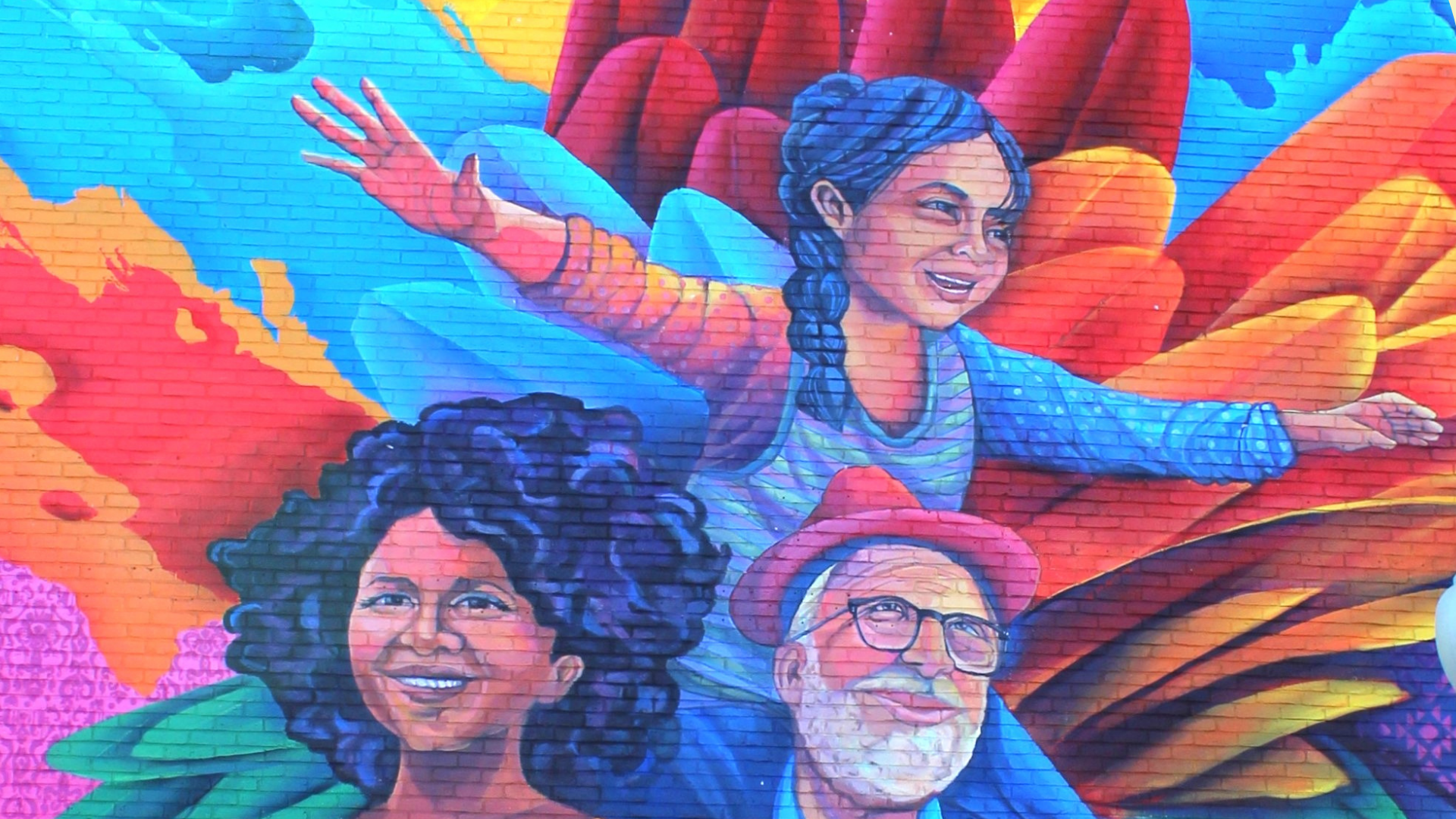What makes us (unwittingly) share climate misinformation online?

Climate change is one of the most important challenges facing our planet, yet social media platforms are filled with climate misinformation. When false or inaccurate climate messages spread online, they can undermine support for environmental policies, cause political inaction, and increase public doubt about science.
Understanding why and how social media users come to believe and share misinformation is crucial because even well-meaning users can unwittingly amplify false claims that ultimately harm efforts to tackle climate change.
A new study in Cogent Social Sciences, co-authored by our visiting scholar Dr. Muhammad Ittefaq and colleagues at Arizona State University and the University of South Carolina, takes a closer look at how social media users decide whether to believe and share false climate information. This knowledge is vital for building counterstrategies and making social media platforms better able to regulate content.
What makes information seem credible
Because most social media users aren’t climate experts, they often use mental shortcuts called “heuristics” to determine whether information is credible. In the study, researchers showed 320 participants different X-style posts containing false climate information, varying three main cues:
- Whether the post seemed to come from an expert (professional expertise cues): Online users are more likely to trust information if it looks like it’s coming from someone with professional expertise, often based on titles like “Dr.” or “PhD” or a profile that highlights academic or scientific experience.
- The style and length of the message (message style cues): Longer and clearly written posts often seem more trustworthy and are shared more than short or hard-to-read ones.
- How popular the post seemed (bandwagon cues): Messages with lots of likes or shares often seem more trustworthy, because people tend to trust information that appears widely accepted by others.
The study explored what happens when two or all three of these factors appear together, and how they might influence each other.
Key Takeaways
- Professional expertise matters: When a post was perceived to come from an expert, participants were more likely to think it was true (credibility rating increased from 3.70 to 4.72 out of 7) and considered sharing it (sharing intention increased from 3.54 to 4.53 out of 7).
- Long messages seem more trustworthy: Posts that were longer and more detailed felt more believable (credibility increased from 3.47 to 4.94) and were more likely to be shared (sharing intention increased from 3.34 to 4.73).
- Posts that seem popular are more believable: If a post had many likes or shares—a strong bandwagon cue—participants trusted it more (credibility rose from 3.45 to 4.97) and were more likely to want to pass it along (sharing intention rose from 3.13 to 4.94).
- Combining cues has an even bigger impact: When a post was both long and popular, participants gave the highest ratings for trust and sharing intention. For example, the combination of a long and popular message raised sharing intention from 3.88 to 5.57 and credibility from 4.48 to 5.41. Similarly, pairing professional expertise with popularity increased credibility from 3.95 to 5.50 and sharing intention from 4.60 to 5.29.
- Popularity boosted shareability for short posts: Short, simple messages were shared more frequently if they seemed popular—for example, sharing intention for short messages with a strong bandwagon effect jumped from 2.37 to 4.32.
- Participants didn’t need to believe it to share it: Sometimes participants indicated that they would share a post even if they didn’t think it was credible, if it seemed like many others had already shared it.
- The “expertise + long + popular” combination was not the most successful: While combinations of two of these cues (like expertise + length or popularity + length) boosted credibility and sharing, having all three at once did not increase its rating.


